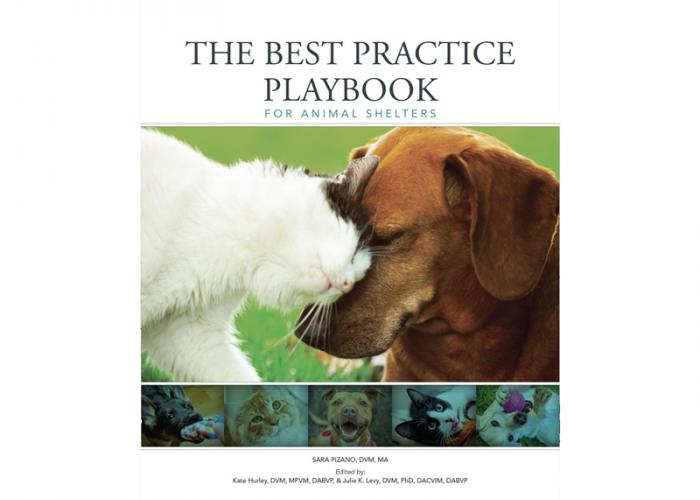Q&A: Why Fear Free?
Dr. Marty Becker explains how and why we should mitigate fear’s psychological harm in pets

“Fear is the worst thing a social species can experience, and it causes permanent damage to the brain.”
Vet behaviorist Karen Overall’s statement sparked a lightbulb moment for Dr. Marty Becker, founder and CEO of Fear Free. “I certainly never expected to have my life changed,” he says of Overall’s presentation at the CanWest Veterinary Conference in 2009. It prompted him to take a hard look at the way everyone—from veterinarians and shelter staff to groomers and dog walkers—approaches the animals in their care.
“That’s what started it,” says Becker. “I thought, ‘oh my god, I’ve loved animals my whole life, I felt I was compassionate.’ We take an oath to prevent and relieve animal pain and suffering—well, we’d been causing it.”
Animals communicate with us through body language and, for most, nothing causes anxiety and stress quite like an unknown, unnatural location like a veterinarian’s office or animal shelter.

Dogs shake, pant, yawn, hide their heads and tuck their tails between their legs; cats go into what’s known as the defense cascade. “We used to say cats were ‘effed’ going to the vet: flight, fight or freeze,” Becker explains. While an immobile cat may be convenient for a vet exam, if they reach that stage, it means they’re literally frozen in fear.
The sudden realization that the very people intending to protect animals from harm were causing repeat severe psychological damage (which can manifest itself into serious health issues, such as a diminished immune system, digestive problems, weight gain and heart disease) spurred Becker to action.
“If people heard what I heard, there’s no way they’d practice the same way. It was so powerful,” he says. “But what good is it, just knowing the harm we’re doing, if we can’t fix it?”
Thus, Fear Free was born to provide veterinary professionals, pet professionals, animal welfare communities and pet owners with the knowledge and tools needed to safeguard animals’ physical and emotional well-being.
According to Becker, “Fear Free was born in an instant, took five years to develop and was an overnight success.” The program officially launched in April of 2016 and has spread far and wide in just a few years: The techniques are being implemented in more than 60 countries, it’s been fully translated into Spanish (with more languages on the horizon) and most vet students are even required to be certified to graduate.
“It has surprised me, but it shouldn’t,” Becker says. “Nobody who cares for animals wants to make their lives worse.”






